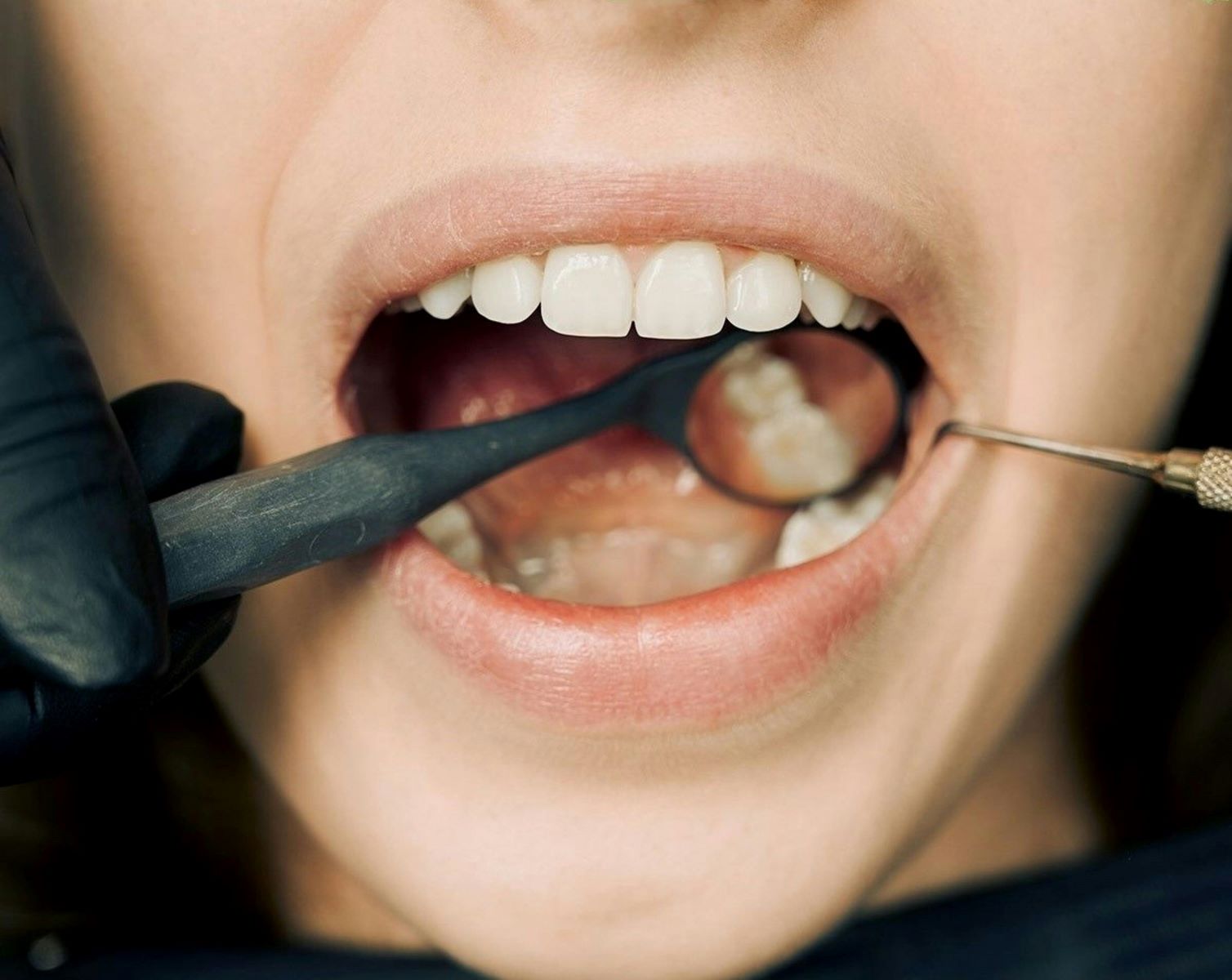
While some tooth fillings can last 20-30 years or even longer with excellent care, most will need replacement at least once during your lifetime. Modern composite resin fillings typically last 7-15 years, while ceramic and porcelain fillings often last 15-20 years or more. The filling lifespan depends heavily on the material used, where it’s placed in your mouth, and how well you maintain it.
Many patients hope their filling for teeth will last forever, but even the most durable materials gradually wear down from daily use. The good news is that with proper care, regular dental visits, and modern materials, today’s fillings last much longer than those from decades past. Some patients keep the same filling for 25-30 years, particularly in teeth that experience less chewing pressure.
Understanding realistic expectations for your teeth filling helps you plan for eventual replacement and recognize when maintenance might extend their life significantly.
Why Tooth Fillings Don’t Last Forever
Natural teeth are designed to last a lifetime, but filling materials face unique challenges. Every day, your fillings endure tremendous pressure from chewing, temperature changes from food and drinks, and exposure to acids from bacteria and dietary sources.
The junction where the filling meets your natural tooth remains the most vulnerable point. Over years of use, this seal can weaken, allowing bacteria to enter and cause decay beneath the filling. Even microscopic gaps can lead to problems that require filling replacement.
Additionally, your mouth’s environment constantly changes. Gum recession, shifts in bite alignment, and natural tooth wear all affect how forces distribute across your fillings. These gradual changes mean even a perfectly placed filling will eventually need attention.
Modern Materials and Their Realistic Filling Lifespan
Current Options for Teeth Filling
Today’s filling materials offer impressive durability compared to older options:
- Composite resin: Lasts 7-15 years, bonds directly to tooth, looks natural
- Ceramic/porcelain: Lasts 15-20+ years, highly resistant to wear and staining
- Gold: Can last 20-30+ years, extremely durable but visible
- Glass ionomer: Lasts 5-7 years, releases fluoride, good for certain situations
- Newer bioactive materials: Emerging options that may offer enhanced longevity
While none guarantee lifetime duration, choosing the right material for your specific situation maximizes longevity.
Factors That Determine Your Filling Lifespan
The size of your filling for teeth significantly impacts its durability. Small fillings that preserve most of the natural tooth structure often last much longer than large restorations. When a filling covers multiple surfaces or replaces a significant portion of the tooth, stress concentrates in ways that accelerate wear.
Your age when receiving the filling matters too. A filling placed in your teens will likely need replacement by middle age, while one placed in your 50s might last the rest of your life. Younger patients also tend to have more years of wear ahead, increasing the likelihood of eventual replacement.
The skill and technique of your dentist during placement affects longevity. Proper isolation from moisture, precise shaping, and appropriate material selection all contribute to a longer-lasting restoration.
Why Some Fillings Last Decades While Others Don’t
Individual variations in oral chemistry play a surprising role in tooth fillings longevity. Some people naturally produce more acidic saliva, which can deteriorate filling margins faster. Others have stronger enamel or favorable bacterial populations that protect their restorations.
Bite force varies dramatically between individuals. Someone who generates 200 pounds of bite force will wear through fillings faster than someone generating 100 pounds. This explains why identical fillings placed on the same day can have vastly different lifespans in different patients.
Lifestyle consistency matters. Patients who maintain steady oral hygiene routines, regular dental visits, and stable diets often keep fillings much longer than those with fluctuating habits.
Signs Your Teeth Filling Needs Attention
Early Warning Indicators
Catching problems early can sometimes save a filling from complete replacement:
- Sensitivity that comes and goes with temperature changes
- Slight roughness felt with your tongue
- Food catching occasionally near the filling
- Mild discoloration at filling margins
- Awareness of the filling when you bite down
- Floss shredding near the filled tooth
These early signs often indicate issues that can be addressed with minor adjustments or repairs rather than full replacement.
Extending Your Filling Lifespan Beyond Average
While fillings rarely last a lifetime, you can significantly extend their duration beyond typical ranges. Using a night guard if you grind your teeth can add years to your filling lifespan by reducing mechanical stress during sleep.
Maintaining stable pH levels in your mouth through diet choices and regular water consumption protects filling margins from acid erosion. Avoiding extreme temperature changes—like following hot coffee with ice water—reduces expansion and contraction stress on the filling material.
Strategic eating habits help too. Chewing harder foods on the opposite side from newer fillings during their first few years allows the material to fully cure and strengthen. Being mindful of what and how you eat protects your investment in dental restoration.
The Reality of Replacement and Future Planning
Accepting that most tooth fillings will need replacement helps you plan financially and maintain realistic expectations. Each replacement typically requires removing slightly more tooth structure, which is why preventing problems and extending filling life remains so important.
Modern dentistry offers options when fillings need replacement. Sometimes a crown provides better long-term protection than another filling, especially after multiple replacements. Inlays and onlays offer middle-ground solutions that preserve more tooth structure than crowns while providing better coverage than standard fillings.
Technology continues advancing, with new materials showing promise for longer-lasting restorations. Digital scanning and computer-aided design create more precise fits that may extend filling longevity beyond current expectations.
At Precision Dental Arts, we help you maximize your filling for teeth longevity through careful placement, regular monitoring, and personalized maintenance strategies. Contact us to discuss how we can help your fillings last as long as possible, potentially decades with the right approach.
